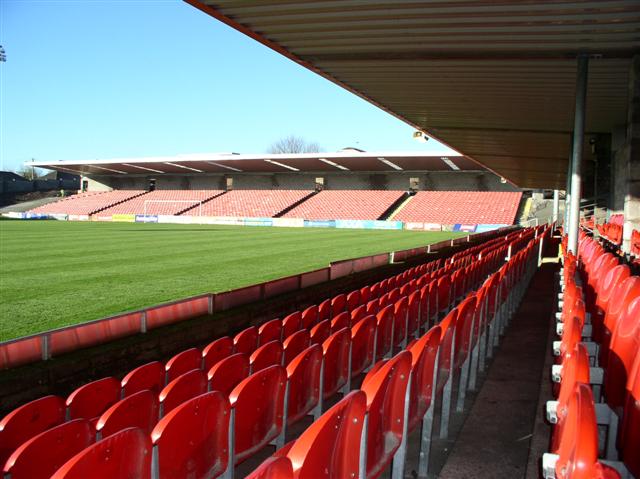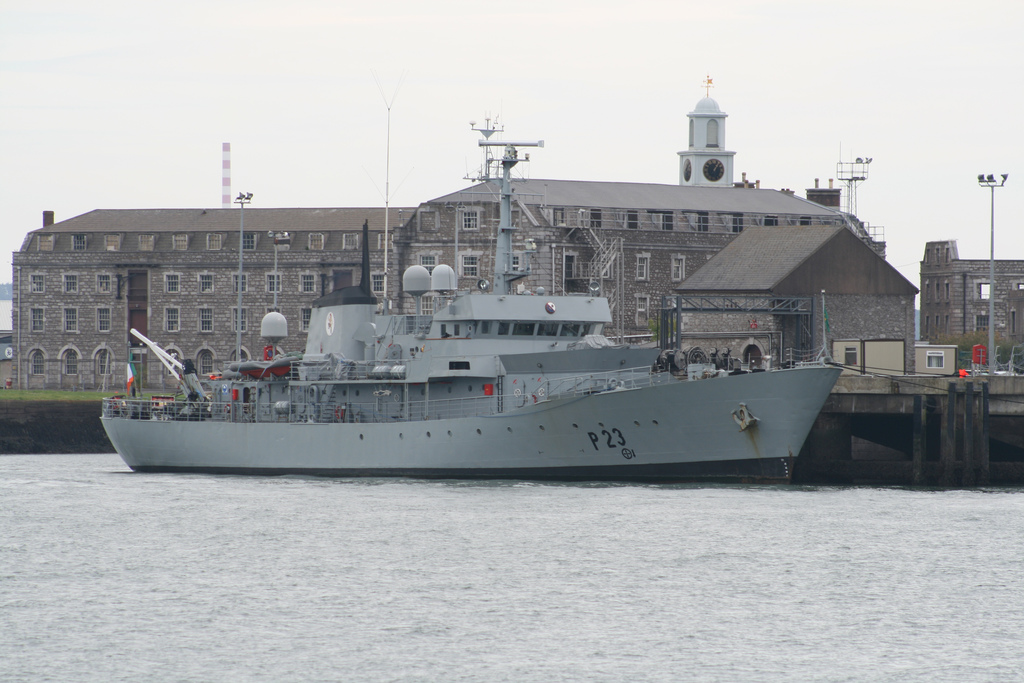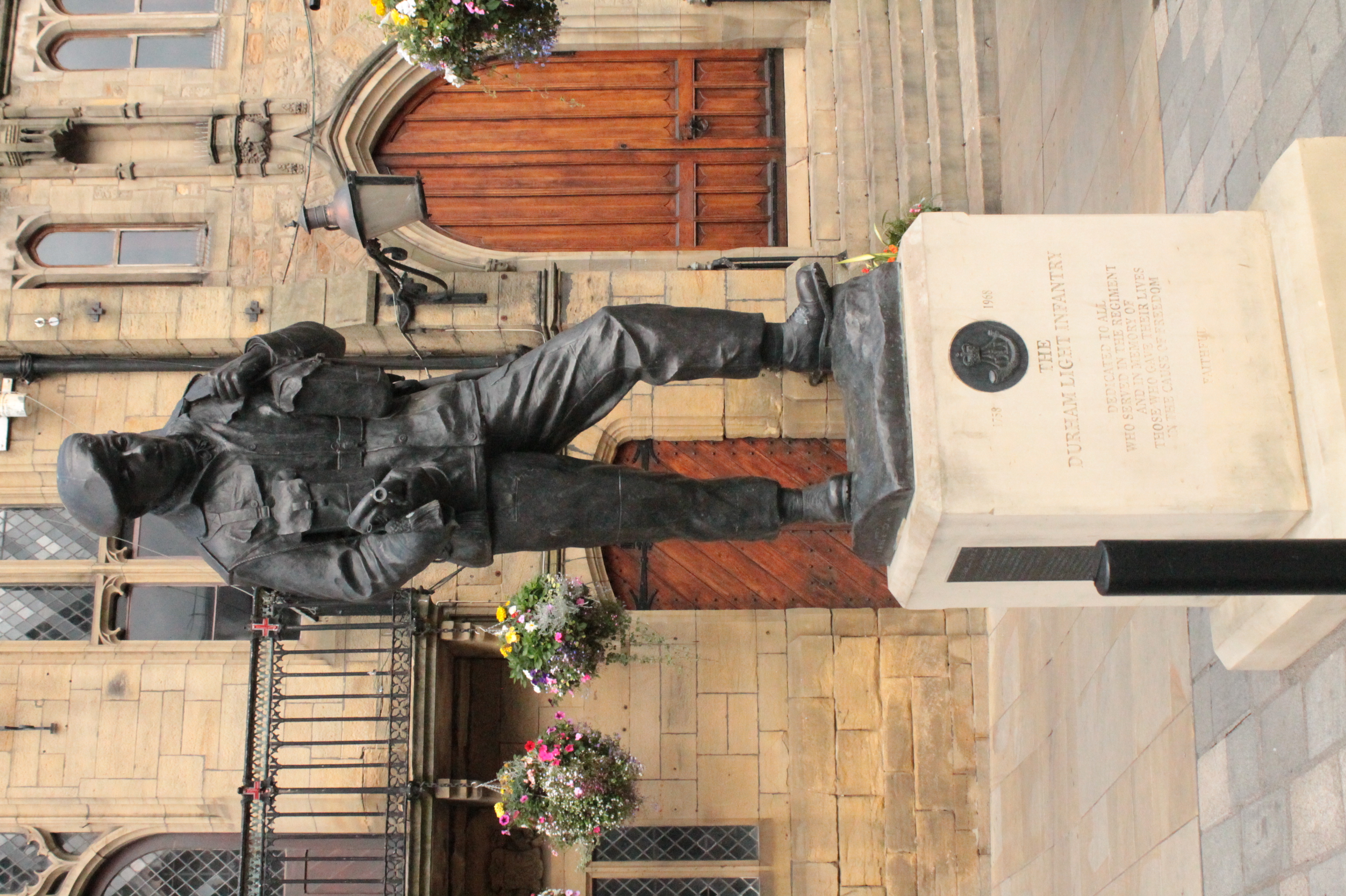|
Munster Senior League (association Football)
The Munster Senior League is an association football league organised by the Munster Football Association. It organises seven divisions as well as various cup competitions. Its Senior Division is a third level division in the Republic of Ireland football league system. Munster Senior League teams also compete in the Munster Senior Cup, the FAI Cup, the FAI Intermediate Cup and the FAI Junior Cup. In recent seasons the winners of the Senior Division have qualified to play in the League of Ireland Cup. Despite using the Munster name in its title, the vast majority of its member clubs are based in County Cork. However, in the past it has included clubs from County Limerick, County Waterford, County Kerry and County Tipperary. History Early years The original Munster Football Association was founded in 1901 and it is believed that a Munster League was founded within a few years. The 1909–10 season saw six teams representing the Highland Light Infantry, the Royal Welch Fusiliers, ... [...More Info...] [...Related Items...] OR: [Wikipedia] [Google] [Baidu] |
County Kerry
County Kerry ( gle, Contae Chiarraí) is a county in Ireland. It is located in the South-West Region and forms part of the province of Munster. It is named after the Ciarraige who lived in part of the present county. The population of the county was 155,258 at the 2022 census, A popular tourist destination, Kerry's geography is defined by the MacGillycuddy's Reeks mountains, the Dingle, Iveragh and Beara peninsulas, and the Blasket and Skellig islands. It is bordered by County Limerick to the north-east and Cork County to the south and south-east. Geography and subdivisions Kerry is the fifth-largest of Ireland's 32 traditional counties by area and the 16th-largest by population. It is the second-largest of Munster's six counties by area, and the fourth-largest by population. Uniquely, it is bordered by only two other counties: County Limerick to the east and County Cork to the south-east. The county town is Tralee although the Catholic diocesan seat is Killarney, whi ... [...More Info...] [...Related Items...] OR: [Wikipedia] [Google] [Baidu] |
Turners Cross (stadium)
Turners Cross is an all-seater football stadium located in and synonymous with the district of Turners Cross in Cork, Ireland. It is owned by the Munster Football Association (MFA), and is used by the MFA and by League of Ireland side Cork City. It was the first all-seated, all-covered stadium in Ireland following redevelopment in 2009, and it is currently one out of only two, the other being the Aviva Stadium. Use Cork City play their home games in the stadium. The ground also sees a large volume of matches every year under the auspices of both the MFA and the Football Association of Ireland (FAI), including local, regional, national, and international matches and cup finals at schoolboy, junior, intermediate, senior, and underage international level. Facilities For many years Turners Cross was little more than a pitch with a few grassy banks and a covered terrace euphemistically called "The Shed". However, since the early 2000s, the stadium has been redeveloped by the MFA to ... [...More Info...] [...Related Items...] OR: [Wikipedia] [Google] [Baidu] |
Royal Army Service Corps
The Royal Army Service Corps (RASC) was a corps of the British Army responsible for land, coastal and lake transport, air despatch, barracks administration, the Army Fire Service, staffing headquarters' units, supply of food, water, fuel and domestic materials such as clothing, furniture and stationery and the supply of technical and military equipment. In 1965 its functions were divided between other Corps ( RCT and RAOC) and the RASC ceased to exist; subsequently, in 1993, they in their turn (with some functions of the Royal Engineers) became the "Forming Corps" of the Royal Logistic Corps. History For centuries, army transport was operated by contracted civilians. The first uniformed transport corps in the British Army was the Royal Waggoners formed in 1794. It was not a success and was disbanded the following year. In 1799, the Royal Waggon Corps was formed; by August 1802, it had been renamed the Royal Waggon Train. This was reduced to only two troops in 1818 and finally ... [...More Info...] [...Related Items...] OR: [Wikipedia] [Google] [Baidu] |
Royal Field Artillery
The Royal Field Artillery (RFA) of the British Army provided close artillery support for the infantry. It came into being when created as a distinct arm of the Royal Regiment of Artillery on 1 July 1899, serving alongside the other two arms of the regiment, the Royal Horse Artillery (RHA) and the Royal Garrison Artillery (RGA). It ceased to exist when it was amalgamated with the Royal Garrison Artillery in 1924. The Royal Field Artillery was the largest arm of the artillery. It was responsible for the medium calibre guns and howitzers deployed close to the front line and was reasonably mobile. It was organised into brigades, attached to divisions or higher formations. Notable members *Ernest Wright Alexander, Victoria Cross recipient *Colin Gubbins (1896–1976), prime mover of the Special Operations Executive (SOE) * Dar Lyon (1898–1964). first-class cricketer *Norman Manley (1893–1969), first Premier of Jamaica, serving from 14 August 1959 to 29 April 1962 * D ... [...More Info...] [...Related Items...] OR: [Wikipedia] [Google] [Baidu] |
Royal Engineers
The Corps of Royal Engineers, usually called the Royal Engineers (RE), and commonly known as the ''Sappers'', is a corps of the British Army. It provides military engineering and other technical support to the British Armed Forces and is headed by the Chief Royal Engineer. The Regimental Headquarters and the Royal School of Military Engineering are in Chatham in Kent, England. The corps is divided into several regiments, barracked at various places in the United Kingdom and around the world. History The Royal Engineers trace their origins back to the military engineers brought to England by William the Conqueror, specifically Bishop Gundulf of Rochester Cathedral, and claim over 900 years of unbroken service to the crown. Engineers have always served in the armies of the Crown; however, the origins of the modern corps, along with those of the Royal Artillery, lie in the Board of Ordnance established in the 15th century. In Woolwich in 1716, the Board formed the Royal Regime ... [...More Info...] [...Related Items...] OR: [Wikipedia] [Google] [Baidu] |
British Army
The British Army is the principal land warfare force of the United Kingdom, a part of the British Armed Forces along with the Royal Navy and the Royal Air Force. , the British Army comprises 79,380 regular full-time personnel, 4,090 Gurkhas, and 28,330 volunteer reserve personnel. The modern British Army traces back to 1707, with antecedents in the English Army and Scots Army that were created during the Restoration in 1660. The term ''British Army'' was adopted in 1707 after the Acts of Union between England and Scotland. Members of the British Army swear allegiance to the monarch as their commander-in-chief, but the Bill of Rights of 1689 and Claim of Right Act 1689 require parliamentary consent for the Crown to maintain a peacetime standing army. Therefore, Parliament approves the army by passing an Armed Forces Act at least once every five years. The army is administered by the Ministry of Defence and commanded by the Chief of the General Staff. The Brit ... [...More Info...] [...Related Items...] OR: [Wikipedia] [Google] [Baidu] |
Reserve Team
In sports, a reserve team is a team composed of players under contract to a club but who do not normally play in matches for the first team. Reserve teams often include back-up players from the first team, young players who need playing time to improve their skills, as well as members of the first team recovering from injury. In some countries, reserve or development teams compete in entirely separate competitions from first teams, while some countries allow reserve teams or farm teams to compete in the same league system as their club's first team, although usually in separate divisions. In association football Reserve teams usually consist of a combination of emerging youth players and first-team squad players. These teams are distinct from a club's youth team, which usually consists of players under a certain age and plays in an age-specific league. In England, Argentina and the United States the term ''reserve'' is commonly used to describe these teams. In Germany and Austria ... [...More Info...] [...Related Items...] OR: [Wikipedia] [Google] [Baidu] |
Haulbowline
Haulbowline ( ga, Inis Sionnach; non, Ál-boling) is an island in Cork Harbour off the coast of Ireland. The world's first yacht club was founded on Haulbowline in 1720. The western side of the island is the main naval base and headquarters for the Irish Naval Service, with the eastern side previously used for heavy industry and later redeveloped as a park. Since 1966 the island has been connected to the mainland by a roadbridge. Etymology The island's name may derive from Old Norse ''ál-boling'' or similar = "eel dwelling" ("area where there are conger eels"). The 17th and 18th-century spellings end in "-ing"; there may have been nautical influence on the spelling later. The Irish language name for the island, ''Inis Sionnach'', translates to "island of the foxes". Demographics Naval history At a strategic and deepwater position in the harbour, the island has long been a military base. The island was first fortified in 1602, and initially an important base for the Briti ... [...More Info...] [...Related Items...] OR: [Wikipedia] [Google] [Baidu] |
King's Regiment
The King's Regiment, officially abbreviated as KINGS, was an infantry regiment of the British Army, part of the King's Division. It was formed on 1 September 1958 by the amalgamation of the King's Regiment (Liverpool) which had been raised in 1685 and the Manchester Regiment which traced its history to 1758. In existence for almost 50 years, the regular battalion, 1 KINGS, served in Kenya, Kuwait, British Guiana (Guyana), West Germany, Northern Ireland, the Falkland Islands, Cyprus, and Iraq. Between 1972 and 1990, 15 Kingsmen died during military operations in Northern Ireland during a violent period in the province's history known as "The Troubles". When formed in 1958, the King's Regiment consisted of one infantry battalion, known within the Army as 1 KINGS, under the command of Lieutenant Colonel Derek Horsford. Under a system known colloquially as the " Arms plot", infantry battalions were trained and equipped for different roles for a period of between two and six years. Conv ... [...More Info...] [...Related Items...] OR: [Wikipedia] [Google] [Baidu] |
Sherwood Foresters
The Sherwood Foresters (Nottinghamshire and Derbyshire Regiment) was a line infantry regiment of the British Army in existence for just under 90 years, from 1881 to 1970. In 1970, the regiment was amalgamated with the Worcestershire Regiment to form the Worcestershire and Sherwood Foresters Regiment, which in 2007 was amalgamated with the Cheshire Regiment and the Staffordshire Regiment (Prince of Wales's) to form the present Mercian Regiment. The lineage of the Sherwood Foresters is now continued by The Mercian Regiment. History Pre 1914 history The regiment was formed on 1 July 1881 as part of the Childers Reforms. The 45th (Nottinghamshire) Regiment of Foot (raised in 1741) and the 95th (Derbyshire) Regiment of Foot (raised in 1823) were redesignated as the 1st and 2nd battalions of the Sherwood Foresters (Derbyshire Regiment). The Derbyshire and Royal Sherwood Foresters Militia regiments became the 3rd (Reserve) and 4th (Extra Reserve) battalions respectively. These were joi ... [...More Info...] [...Related Items...] OR: [Wikipedia] [Google] [Baidu] |
Durham Light Infantry
The Durham Light Infantry (DLI) was a light infantry regiment of the British Army in existence from 1881 to 1968. It was formed in 1881 under the Childers Reforms by the amalgamation of the 68th (Durham) Regiment of Foot (Light Infantry) and the 106th Regiment of Foot (Bombay Light Infantry) along with the Militia and Volunteers of County Durham. The regiment served notably in the Second Boer War, World War I and World War II, the Korean War and the Indonesia–Malaysia confrontation. During times of peace it had duty in India, China, West Germany and Cyprus. In 1968, the regiment was amalgamated with the Somerset and Cornwall Light Infantry, the King's Own Yorkshire Light Infantry and the King's Shropshire Light Infantry to form The Light Infantry, which again amalgamated in 2007 with the Devonshire and Dorset Regiment, the Royal Gloucestershire, Berkshire and Wiltshire Regiment and the Royal Green Jackets to form a new large regiment, The Rifles, which continues the lineag ... [...More Info...] [...Related Items...] OR: [Wikipedia] [Google] [Baidu] |
_2.jpg)


.jpg)

